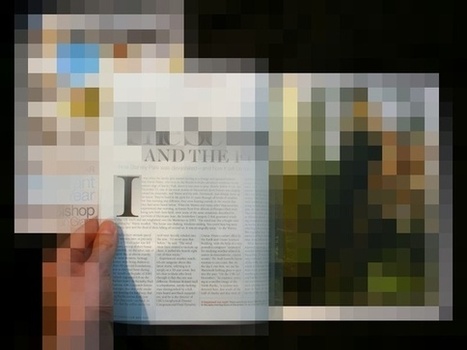Pew Research Center, in association with the John S. and James L. Knight Foundation, wanted to explore how the rise in mobile devices impacted long-form content. Using anonymized data from Parse.ly’s database of hundreds of news and media sites, it was able to analyze this trend.
Report Findings: People Read Long-Form Content On Phones
It turns out that long-form journalism does have a place in today’s mobile-centric society.
“These findings suggest that on small, phone-sized screens the public does not automatically turn away from an article at a certain point in time – or reject digging into a longer-length news article. Instead, the average user tends to stay engaged past the point of where short-form reading would end, suggesting that readers may be willing to commit more time to a longer piece of work,” said Amy Mitchell, Pew Research Center’s director of journalism research.
Some highlights of the report include:
- Long-form stories attract visitors at nearly the same rate as short-form stories.
- Across all five distinct parts of the day, readers spend about twice the time with long-form news content on their cellphones as with short-form.
- No matter how readers arrive at specific content (through a link from an external website, social media, search, etc.), engaged time for long-form content regularly extends beyond that of short-form content.
These findings hold true even for individual digital publishers. For example, Lehigh University, a member of Parse.ly’s University Partnerships program, recently completed a study on reader engagement with long-form content. Editors at Lehigh’s student newspaper, The Brown & White, found that readers spend about the same amount of time on all pieces of content, relative to the length of an article.



 Your new post is loading...
Your new post is loading...









Pew Research Center found that longform content can work on mobile.